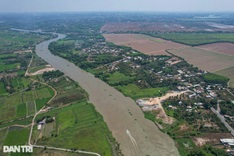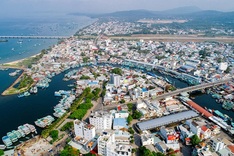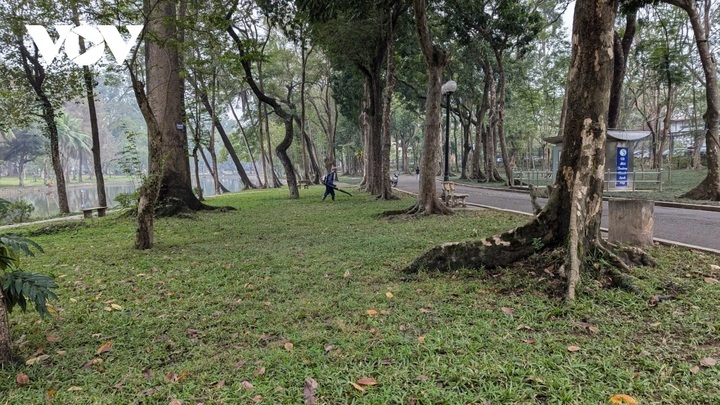
The Hanoi Botanical Garden covers an area of approximately 20 hectares and is often referred to as the capital's green lung. However, many sections of the park have fallen into disrepair, affecting visitors' experience and posing safety risks for locals who exercise and relax and tourists exploring the site.
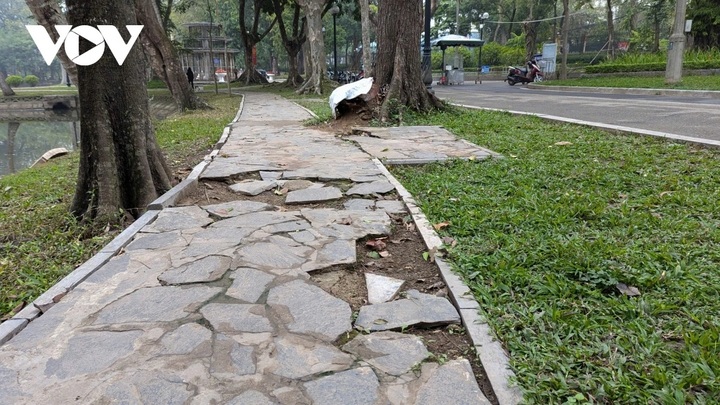
Several pavement sections around the garden have sunk and cracked, and uneven tiles make walking hazardous. Those who fail to notice may trip and fall, diminishing the urban landscape's visual appeal.
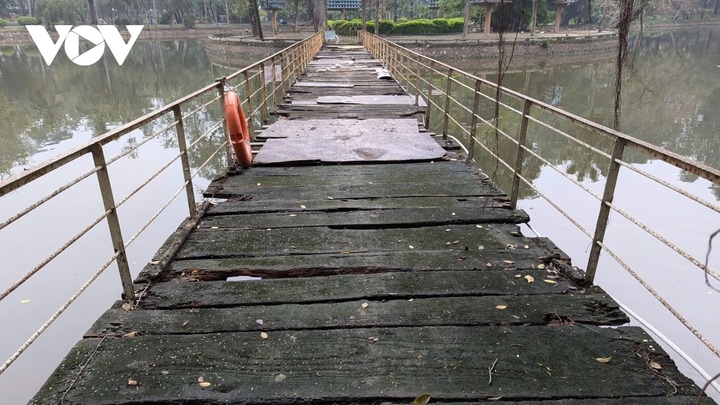
The wooden bridge leading to the round island has rotted and severely degraded.
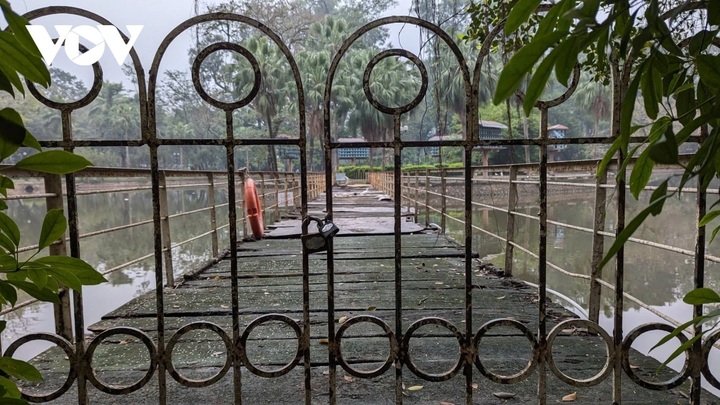
Local authorities have locked the bridge entrance to ensure public safety and posted a notice prohibiting access.

A long stretch of the lakeside embankment has collapsed, and the paving stones along the lake have become uneven, posing risks for visitors strolling in the park.
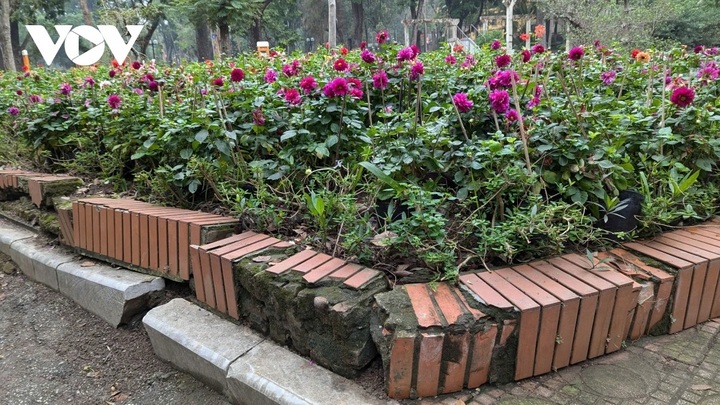
Flower beds with broken brick borders present a shabby and unkempt appearance.
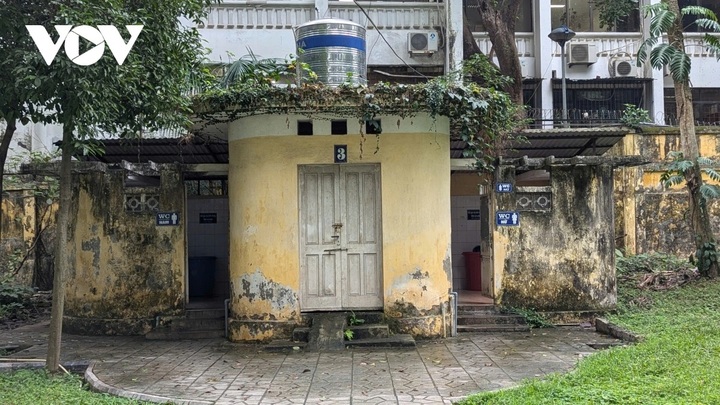
Despite its vast 20-hectare expanse, the park has only one public toilet, which is too small and in a dire state. The entire facility, including walls, sinks, bathrooms, and partitions, is cracked, covered in moss, filthy, and emitting foul odour.
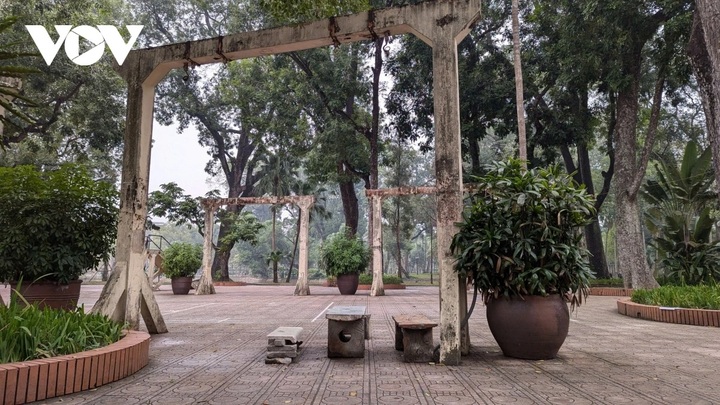
With its lush greenery, Hanoi Botanical Garden attracts many adults and children for recreational activities, sports, and relaxation. However, several playground facilities have deteriorated for years without replacement or renovation.
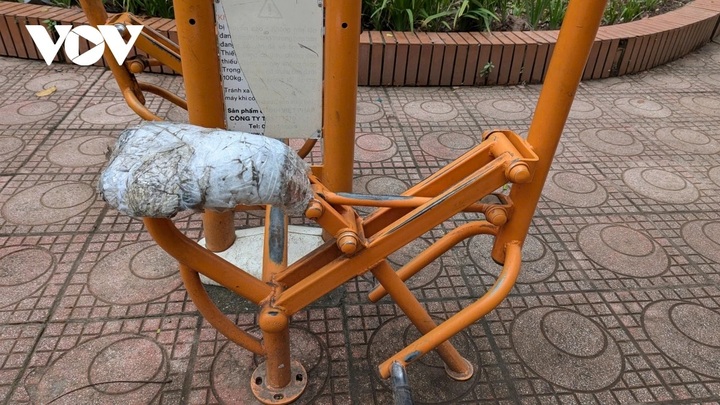
Exercise equipment is damaged, with residents resorting to makeshift repairs, which are unsafe and unsightly.
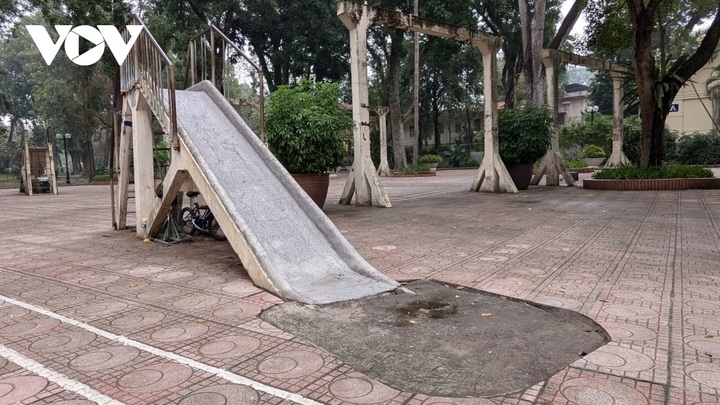
Children's slides are cracked and worn out. Many parents bring their children to the park but avoid letting them use the slides due to safety concerns.
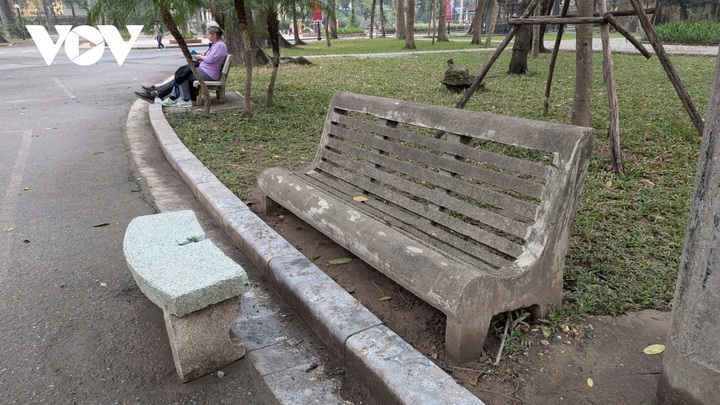
Stone benches, which have been around for decades, are covered in moss and have not been cleaned for a long time. As a result, few visitors dare to sit on them.
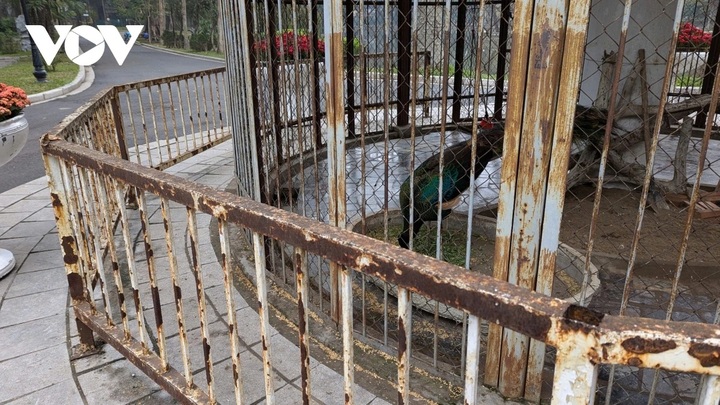
The surrounding iron bars are rusted at the peacock enclosure, failing to attract visitors.
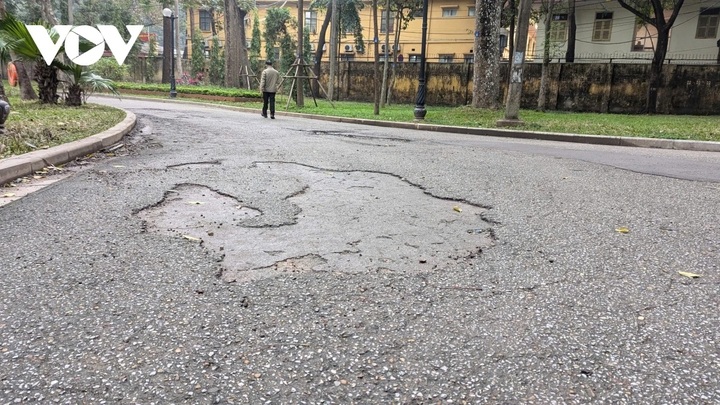
Ngo Vinh, a representative of Hanoi Green Park Company Limited, which manages the Hanoi Botanical Garden, admitted that they have had complaints from the public and media about the garden's degradation. However, the project to renovate and upgrade the Hanoi Botanical Garden has recently been assigned to the People's Committee of Ba Dinh District, so there has been some procedural delay.
"The district's authorities are proceeding by the timeline set by the city's people's committee," Vinh said. "We hope the project will soon be implemented to enhance the landscape and meet the needs of residents, visitors to the capital, and people across the country."




